The 1990s were a golden era for car enthusiasts, blending innovative design, raw performance, and analog charm in a way that’s rarely seen today.
This decade gave birth to machines that balanced cutting-edge technology with pure driver engagement, before the influx of digital distractions and driving aids.
As you dive into this nostalgic journey, you’ll rediscover ten unforgettable vehicles that not only ruled the roads but also left a permanent mark on automotive history.
These cars remind us why the ‘90s still hold a special place in the hearts of car lovers everywhere.
Some automobiles are more than just beautiful objects—they are engineered
for pure driving exhilaration. These machines blend performance,
razor-sharp handling, and stunning design into a package that begs to be
experienced behind the wheel.
While many vehicles become garage queens,
the cars on this list were crafted for winding backroads, sweeping highways,
and thrilling sprints.
They come alive in motion, rewarding passion and skill.
Here are ten cars that simply refuse to be parked and forgotten.
Throughout history, iconic cars have done more than simply transport us — they’ve transformed societies, industries, and even the way we think about mobility. With each leap in design, engineering, and technology, certain automobiles have set new standards and inspired generations. These vehicles not only broke records but also broke barriers, shaping culture and the very fabric of the automotive world. Join us as we explore ten groundbreaking cars that forever altered the course of history, leaving an indelible mark on roads and minds alike.
In the 1990s, Volkswagen was a dominant force in the automotive industry, known for producing reliable and innovative vehicles that resonated with a diverse range of drivers.
During this era, iconic models like the Volkswagen Golf and the Passat gained prominence, leaving a lasting legacy. However, not all models enjoyed the same enduring recognition.
As time has passed, several Volkswagen vehicles from the 90s have quietly faded into obscurity, overshadowed by their more famous siblings.
In this article, we will explore ten of the most forgotten Volkswagen models from the 1990s, shedding light on these hidden gems that deserve another look.
The 1990s were a turbulent era for the American car market. Ford and Chevrolet, the two titans of Detroit, faced mounting pressure from nimble foreign competitors and a rapidly evolving industry.
As consumer expectations soared, both brands struggled to keep up, often falling victim to outdated engineering, questionable quality control, and designs that failed to inspire.
This article explores the most notorious missteps from Ford and Chevy during the decade, highlighting the vehicles that left lasting scars on their legacies. Buckle up as we revisit the 90s’ biggest automotive letdowns.
In 2005, rising fuel prices and growing environmental concerns made fuel efficiency a top priority for car buyers.
Automakers responded with innovative technologies and smarter designs, aiming to deliver more miles per gallon without sacrificing comfort or style.
This era marked a turning point, where hybrids and compact cars began to shine on the market.
In this article, we’ll explore 20 of the most fuel-efficient cars of 2005.
Expect a mix of hybrids, compact sedans, and even surprising entries from the mainstream segment.
Whether you’re a nostalgia buff or just curious about past eco-friendly vehicles, these standouts paved the way for today’s efficient rides.
The AutoHunter Spotlight on this 1957 Chevrolet Bel Air two-door hardtop is a little different from those that have preceded it. After seeing the seller’s handle, I looked up his location and, sure enough, I went to high school with him. He was an upperclassman with an old car, a 1958 Chevrolet Biscayne with a hot 283. Then he bought a 1968 Camaro that, one day, he thought may be a Z/28 until I looked it up and discovered (a learning moment) that all Z/28s had four-speeds, which this didn’t have. Thanks to parking lot high jinks at Brandywine High School, the Camaro was bruised beyond drivability. Desperate for a car, our hero sucked it up and bought a Ford, a 1966-ish Falcon in primer gray (natch). What a downgrade for a Chevy guy! But he worked hard on it and discovered the charms of the Ford small-block, developing a relationship that continued for decades . . . until now, as the seller has come full-circle with this 1957 Chevrolet Bel Air. It is powered by a Vortec 5.7-liter V8 crate motor paired with a 4L80E four-speed automatic, both of which have fewer than 1,000 miles on them since the restoration was completed four years ago. Other features include a Holley Sniper 2 fuel injection system, tubular front suspension, four-wheel power disc brakes, a Vintage Air air conditioning system, and more. Painted in cream with a red and black vinyl and cloth interior, this classic Tri-Five comes from the seller with receipts and a clear title.
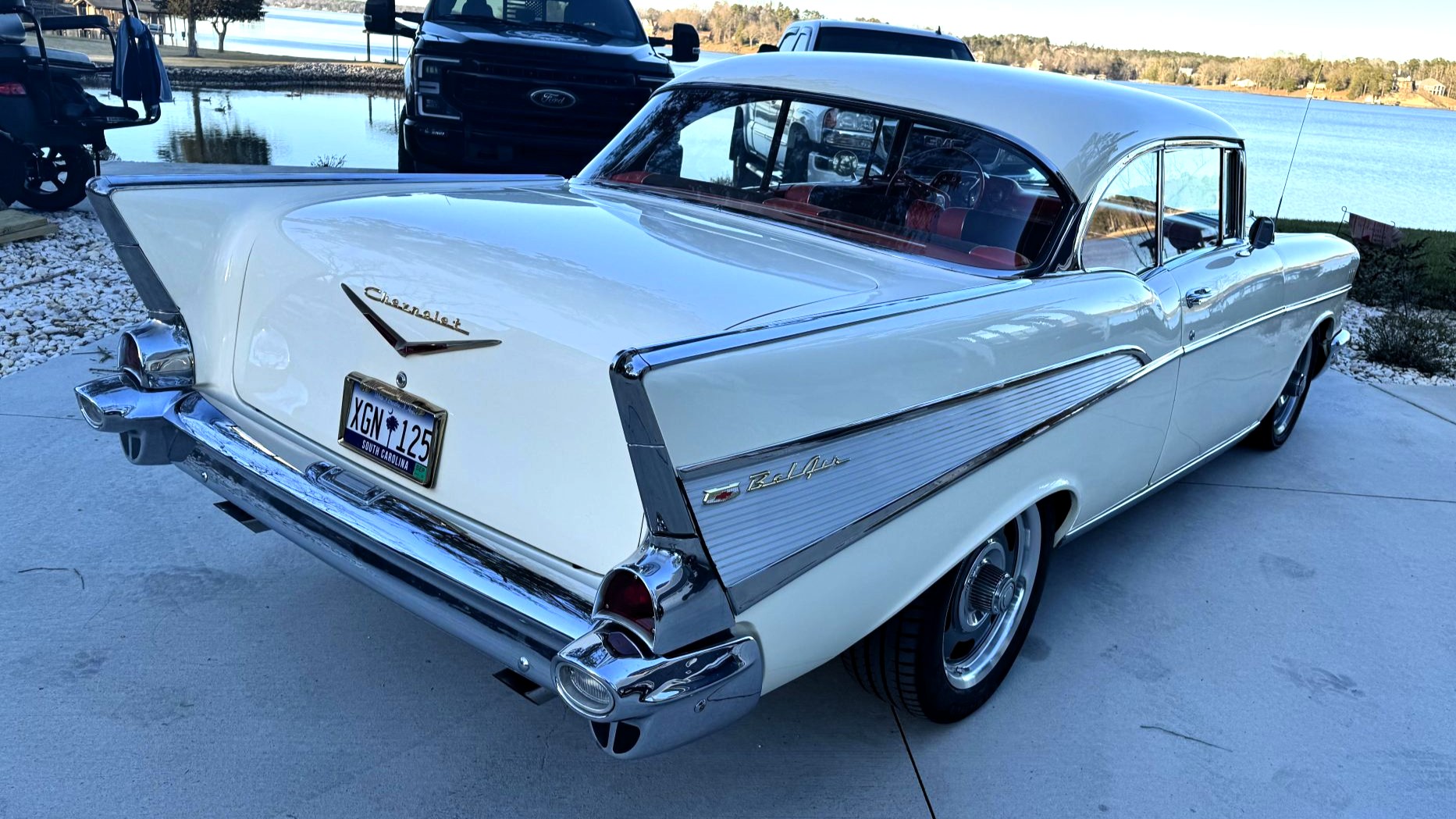
The smooth, four-year-old cream paint covers what is believed to be original body panels. Other exterior features include dual chrome side mirrors, anodized gold trim, bumperettes, special Bel Air side trim, rocket-inspired hood ornaments, and more. A set of Chevy Rally-inspired wheels (17-inch front, 18-inch rear) are wrapped in 235/45 Nexen N3000 (front) and 275/45 Michelin Pilot Sport (rear) tires.
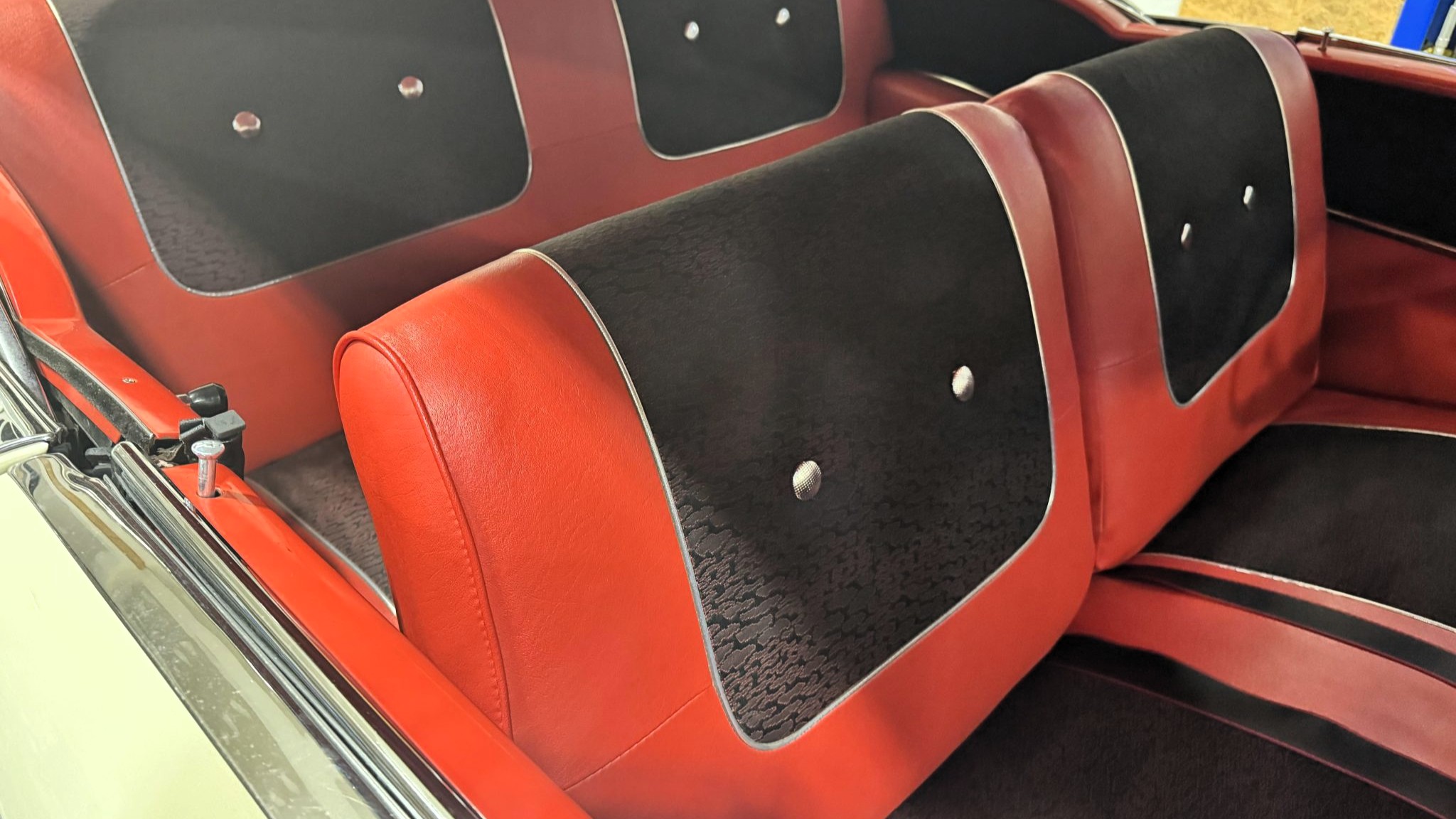
The cabin has red vinyl upholstery with black cloth inserts. Interior features include aluminum dashboard trim, power steering, a Vintage Air air conditioning system, and a retro-style radio with Bluetooth.
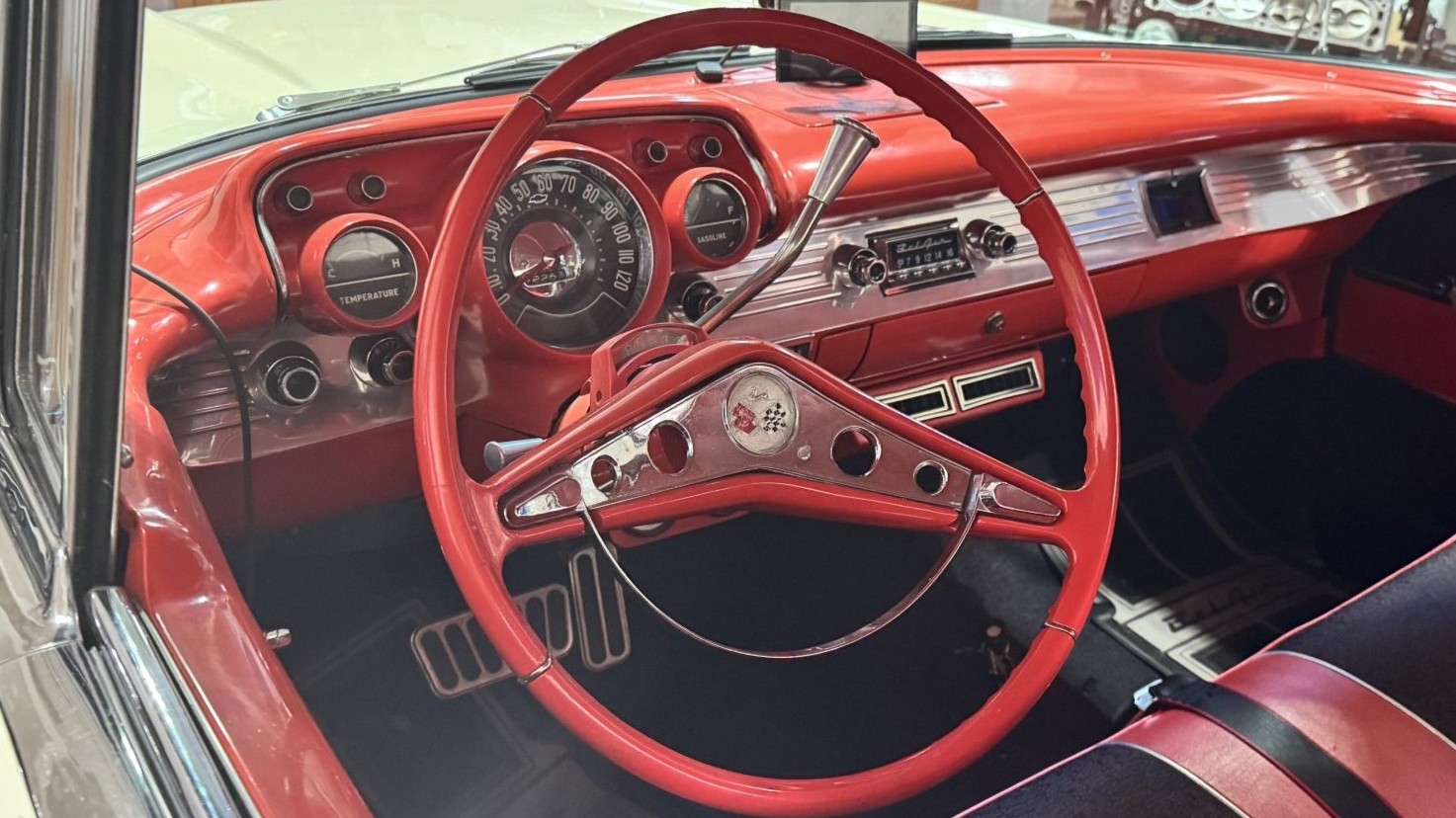
Instrumentation includes a 120-mph speedometer and gauges for the coolant temperature and fuel level. Additional auxiliary gauges mounted under the dashboard show the coolant temperature and oil pressure. The odometer (currently inoperable) shows 72,500 miles, though the title reads mileage-exempt.
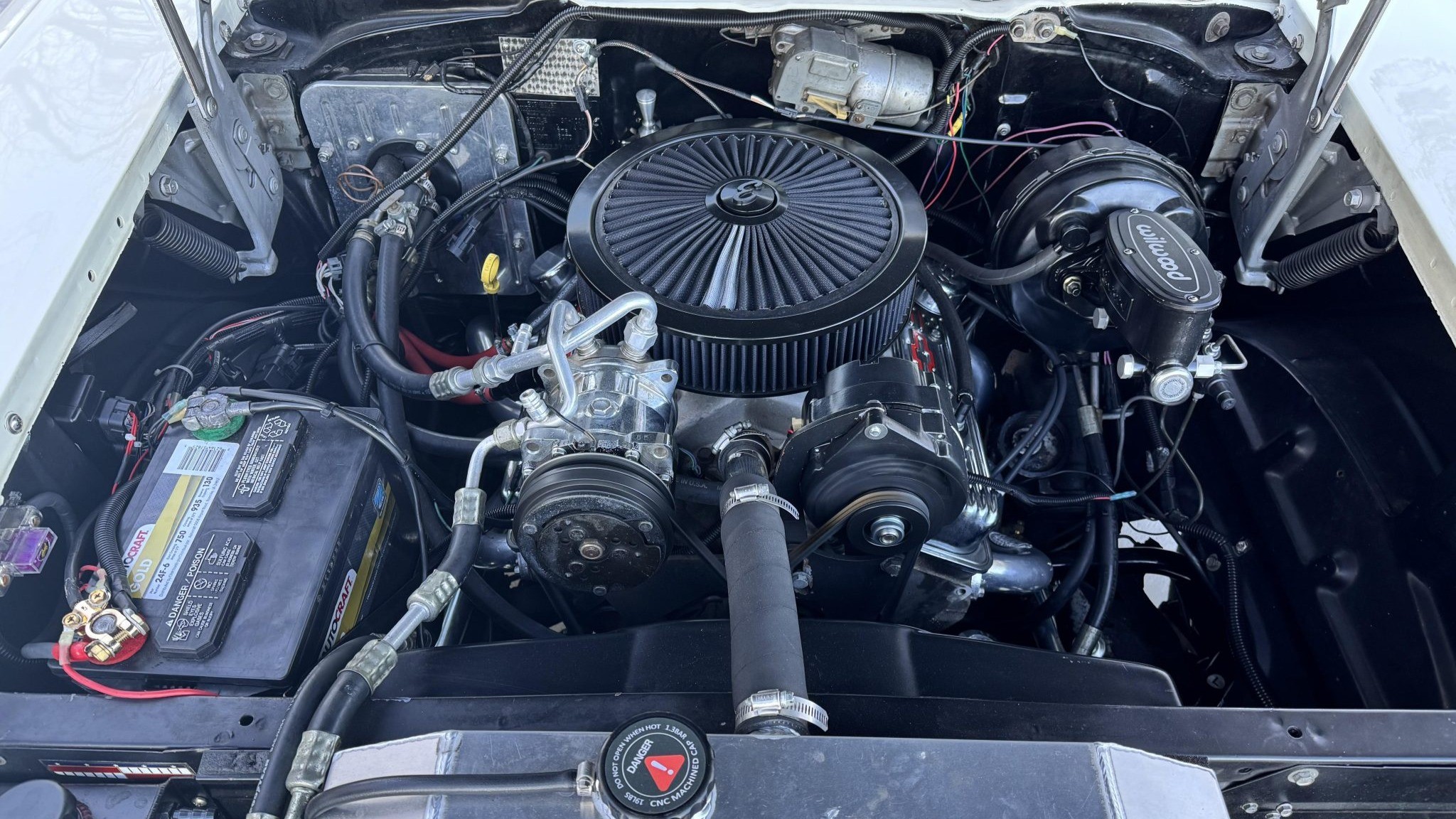
The Vortec 5.7-liter V8 crate engine reportedly puts out 700 horsepower, with a Holley Sniper 2 EFI system and an aluminum radiator assisting. It is hooked up to a 4L80E four-speed automatic sourced from a Camaro. Of course, breathing comes from a dual exhaust system.
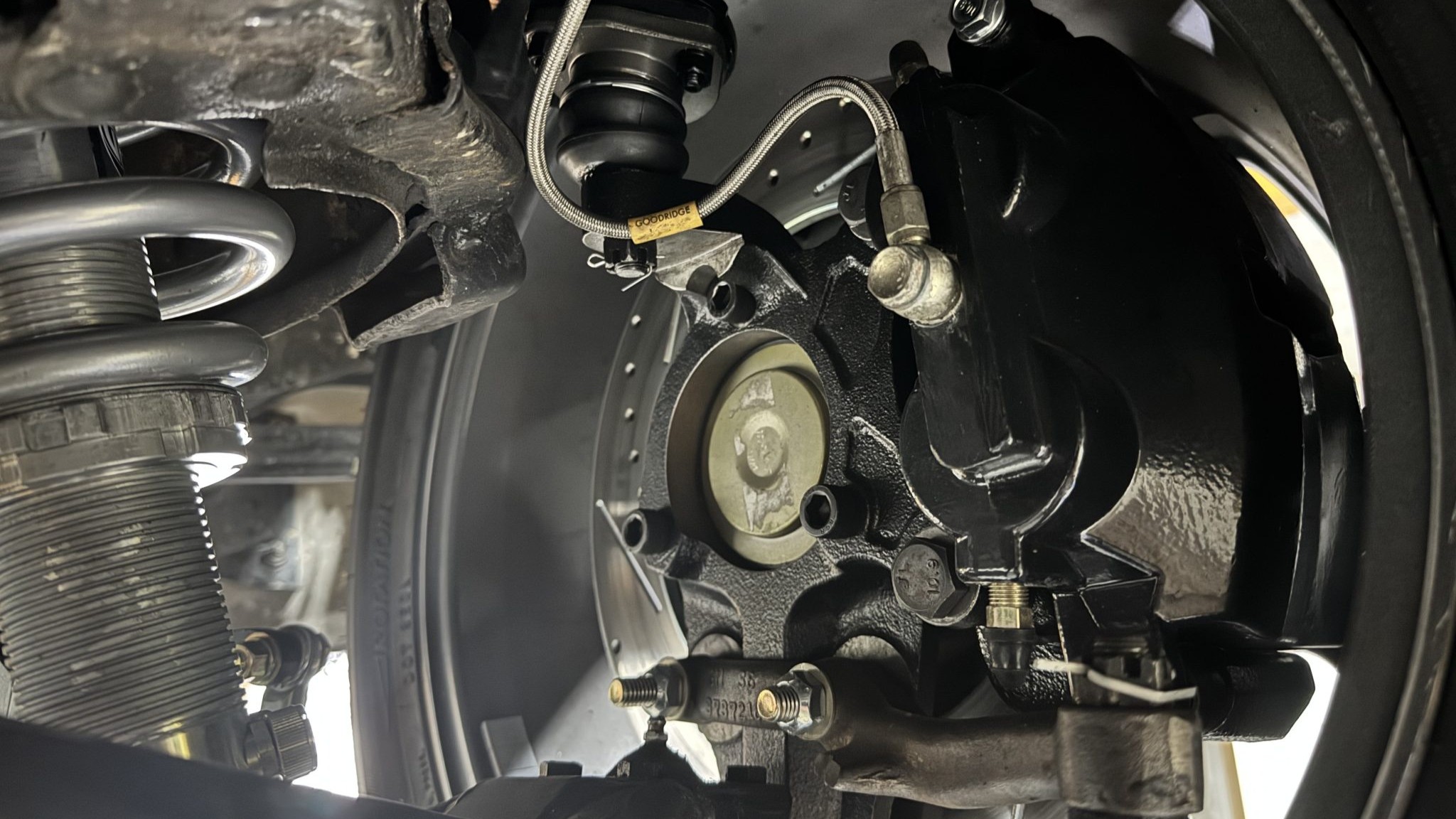
The undercarriage is equipped with a Quick Performance Ford nine-inch rear with a 31-spline Yukon Grizzly Locker featuring 3.89:1 gears. Power disc brakes at all four corners are assisted by a Wilwood master cylinder. Other updates include a Classic Performance Products tubular front suspension, Viking adjustable coilovers up front, and new rear leaf springs with polyurethane bushings.

So there you have it—a 1957 Chevrolet Bel Air two-door hardtop owned by one of the motorheads from my high school. Many of them dropped out, but this one persevered and gained knowledge with his experience because, as Mr. Gaskell said in Driver’s Ed, experience is the best teacher. So keep tabs on your time because if you place the highest bid, this car will be yours once 11:15 a.m. (PDT) passes on Monday, June 23, 2025.
Visit the AutoHunter listing for more information and a photo gallery
In the early 1980s, Chrysler teetered on the edge of bankruptcy, facing fierce competition and mounting financial woes. The automaker’s very survival depended on bold innovation and the success of a select group of new models.
Against all odds, Chrysler introduced vehicles that not only revived its fortunes but also reshaped the American auto industry.
These 20 cars became legends—icons that proved how visionary engineering and smart marketing could pull a giant back from the brink.
Let’s explore the vehicles that saved Chrysler and left a lasting impact on automotive history.
This is not my first time testing the 8-Series in Grand Coupe form. Last year I tested the Alpina B8 version (one of the best cars I have ever driven), but it was my first time behind the wheel of the full rock-and-roll version, the 2025 BMW M8 Competition.
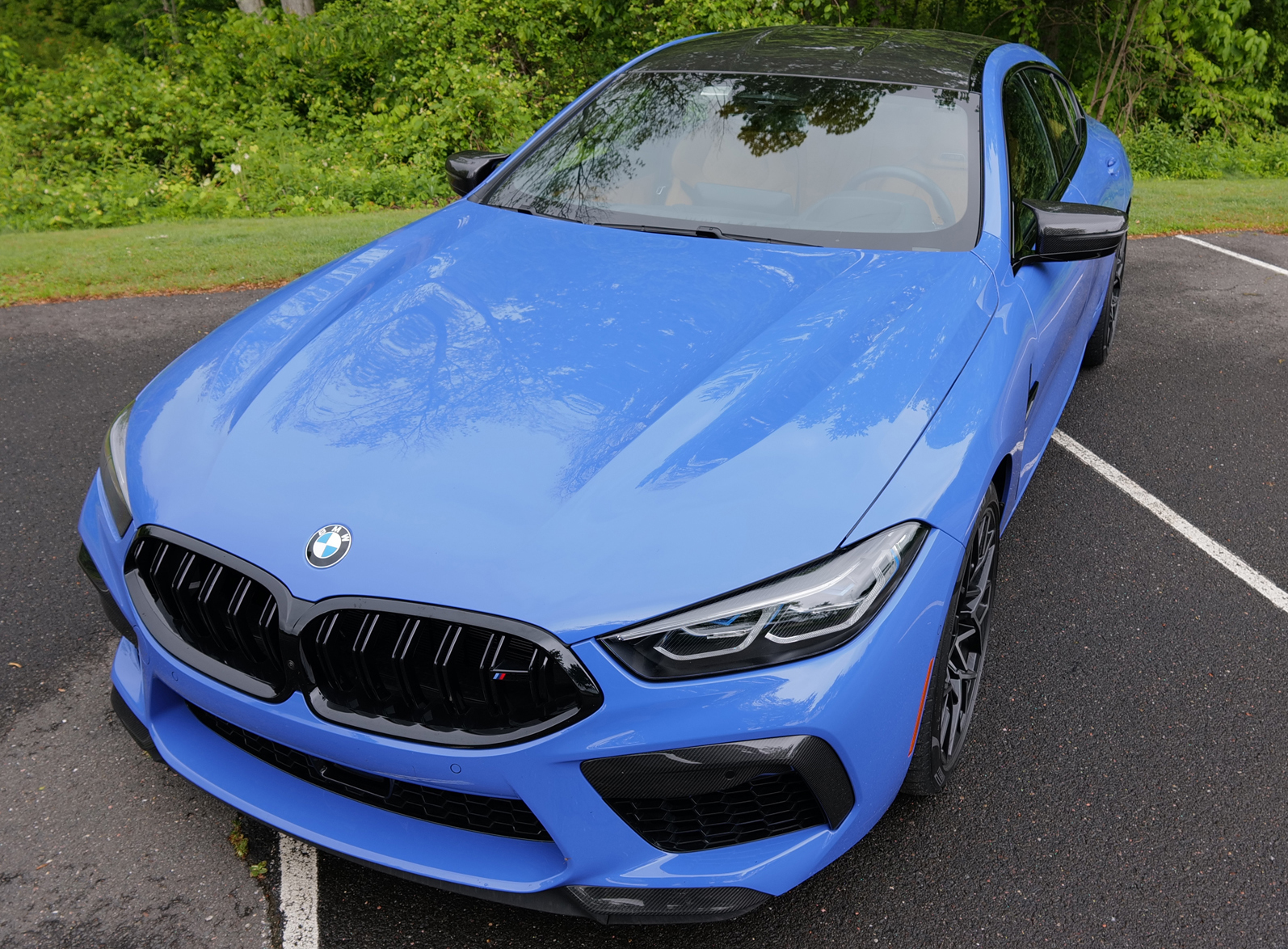
I picked up the car at the JFK airport in New York after returning from my trip to Italy for Ville d’ Este. I live in the Hartford, Connecticut, area, but flew out of JFK because there was a direct flight to Milan available. I knew about the drive back and had arranged the car pickup before leaving for Italy the week before.
It did not occur to me that I would be driving back home from JFK in Monday NYC rush-hour traffic. After realizing this, I put the car in Comfort Mode for the endless stop-and-go traffic indicated by the onboard navigation system, which made the tediously slow drive tolerable enough.
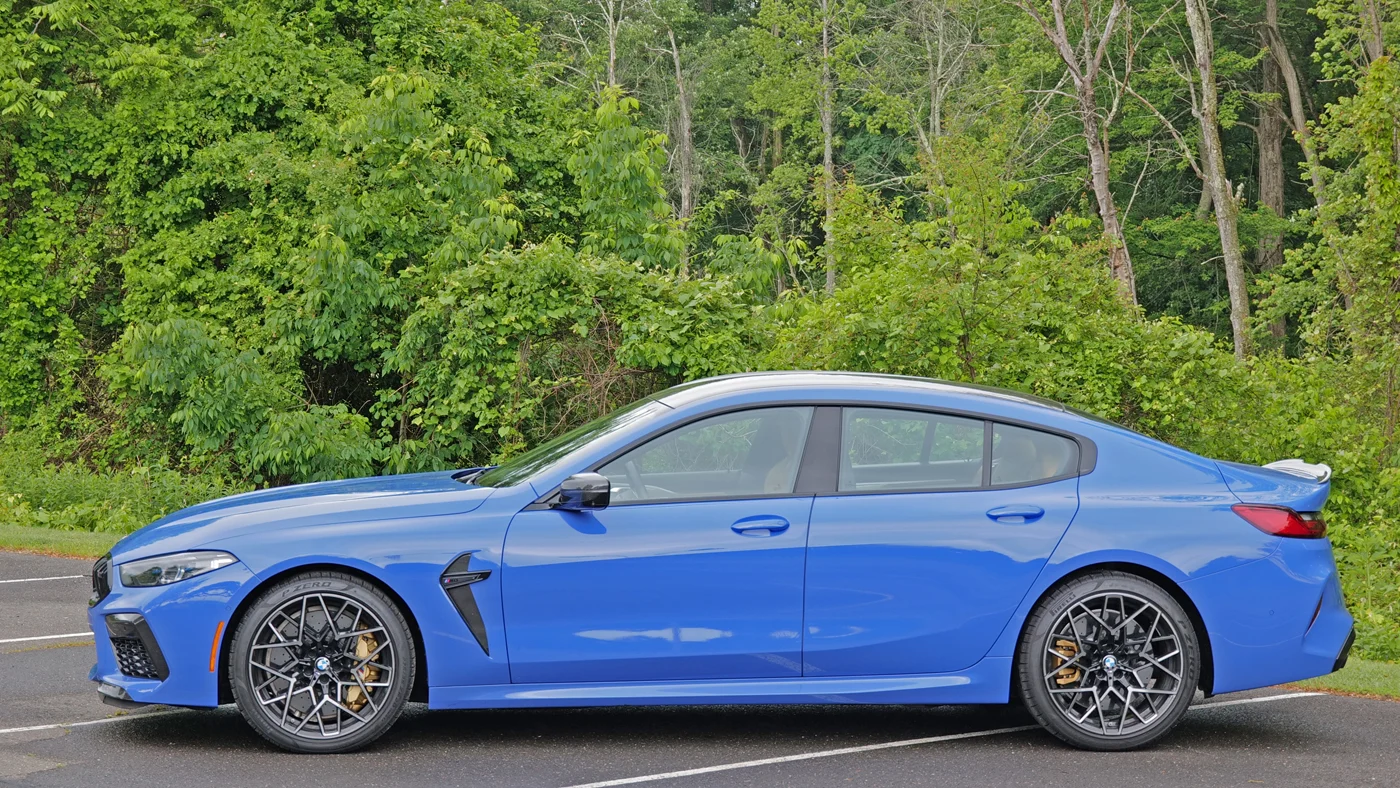
Once I got over the Tappan Zee Bridge, I switched the car to Sport Mode and quickly made tracks back to Connecticut. Now I could see what the car was capable of. If you think of the M8 Competition as a four-door supercar, then you get the picture. The car accelerates at a stupid fast rate—and not just from 0-60 either, but from 60 up to the triple digits. This car just pulls like few other gas-powered cars.
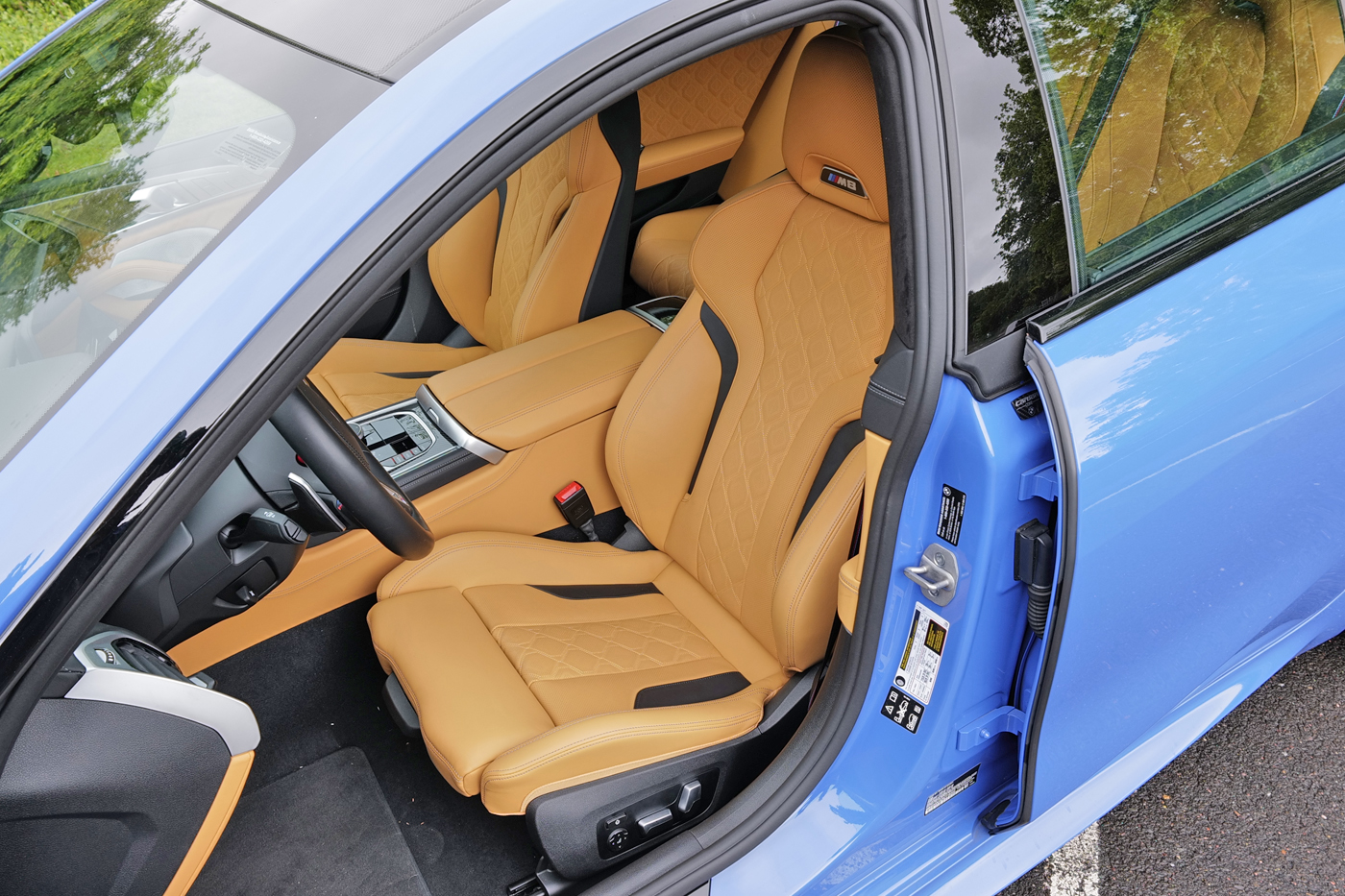
The car’s cabin is also a very nice place to spend time. Despite having “Competition” at the end of its model name, this amazing BMW still has every option that makes the 8-Series a luxury sports sedan. The interior materials—from the open-pored wood trim to the leather-covered seats, dash and even the door pockets—express a look and feel of absolute luxury.
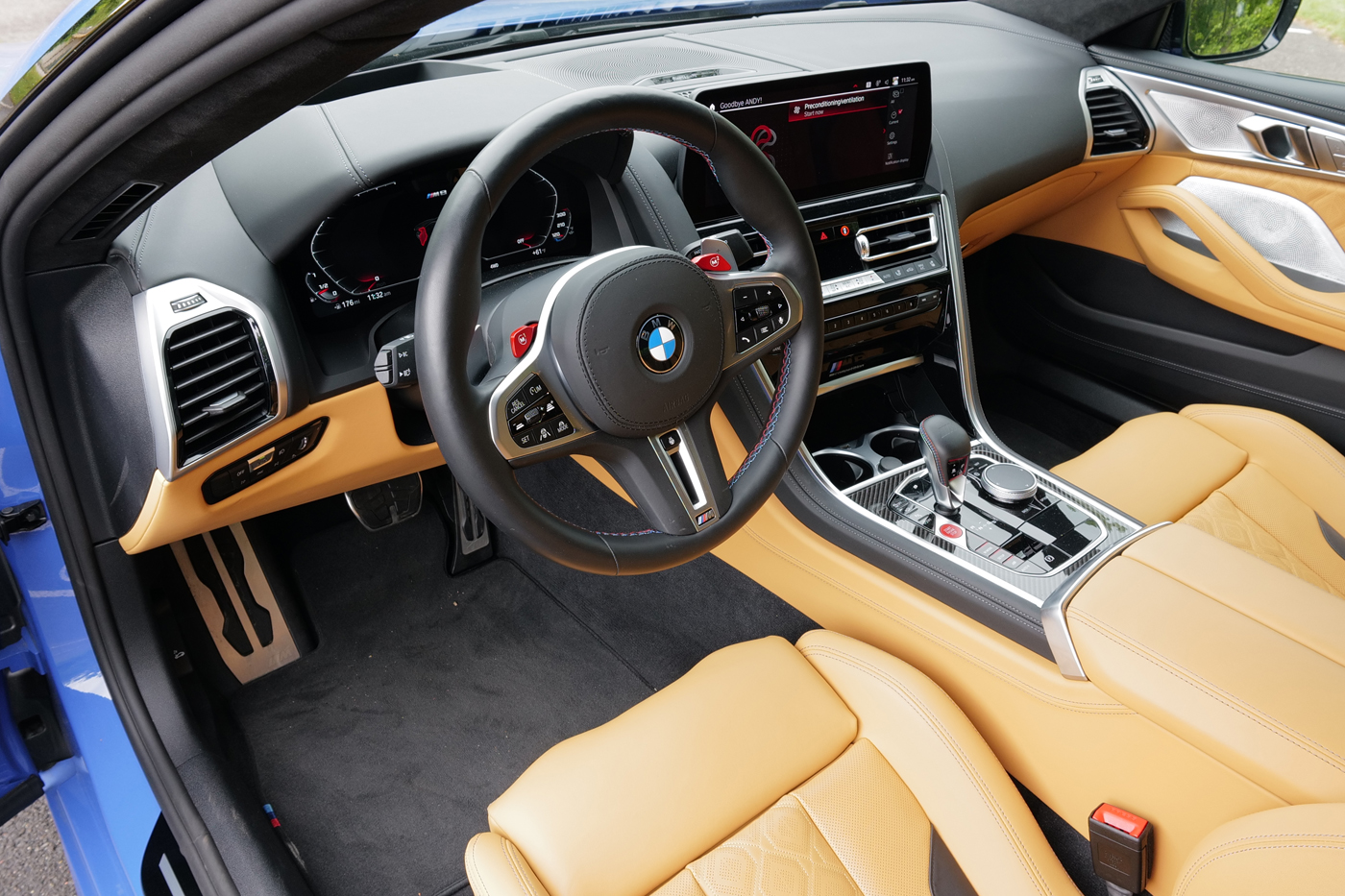
In addition, I was happily surprised to find that the 2025 8-Series have yet to change over to the single big screen featured on every other model. I am not a fan of the single screen and prefer a traditional instrument binnacle in front of the driver, with auxiliary controls on the center screen. The M8 also still has—wonder of wonders—buttons for climate control, something I really miss in other BMWs. If you think of the 2025 M8 Comp as a throwback to the last series of BMW cars but with none of the shortcomings of an older model, you would be correct. It is, in essence, the best of modern BMW cars in terms of its control layout.
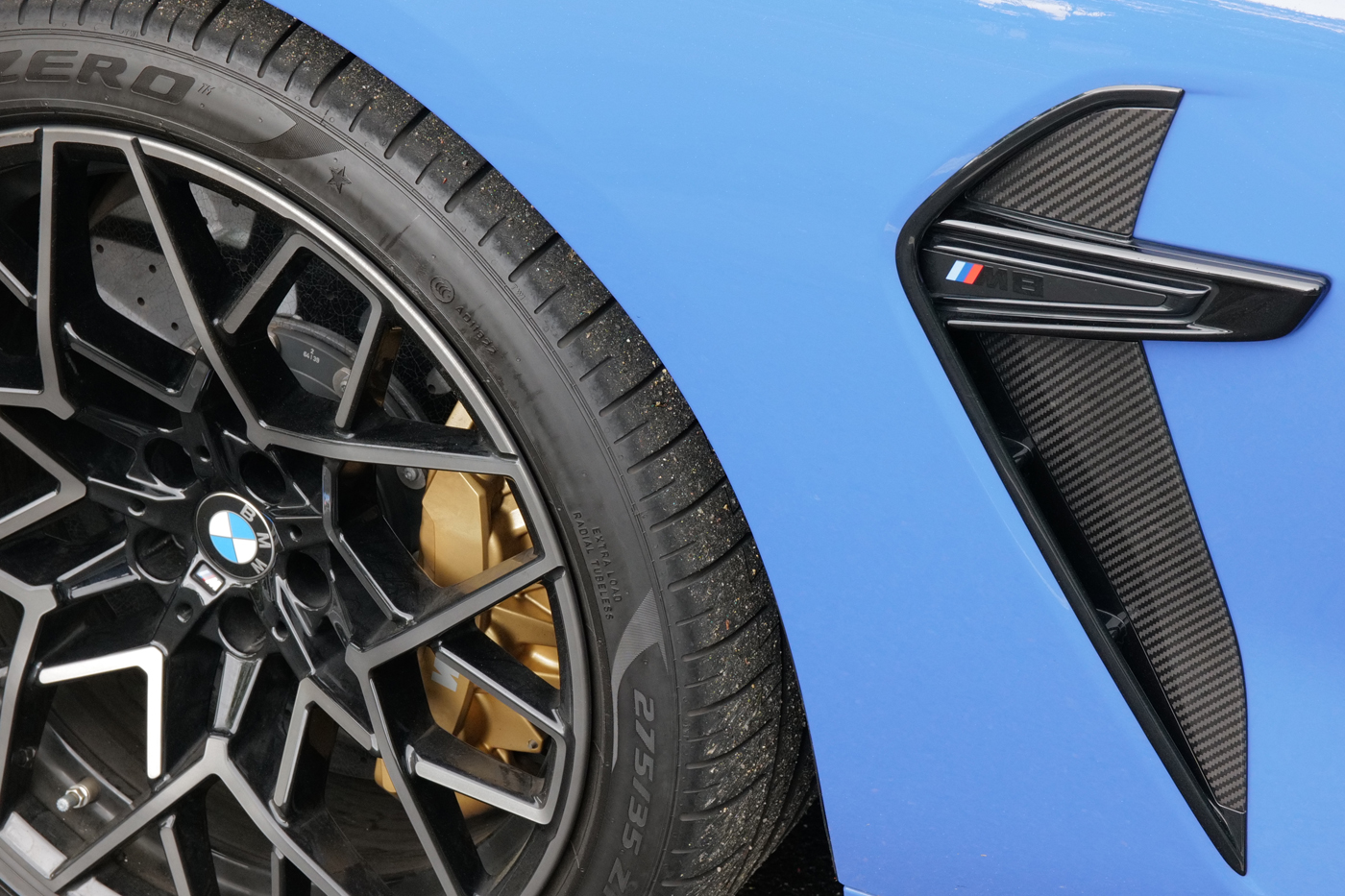
The next day I took the M8 on some nearby twisty roads and, while it does not seem as aggressive as the old M5 Competition, the M8 Competition is actually both quicker and faster than the old M8. Handling-wise, the M8 is tiny bit less nimble than the old M5—but not by much. It also has what is possibly the best steering feel of any current BMW model. The M8 Competition easily delivers on BMW’s tagline promise of being the “Ultimate Driving Machine,” with the keyword being “ultimate.” The xDrive system lets the big car dig hard in corners and then propel you out of them like few other cars in its category. Did I mention the four-door supercar bit yet?
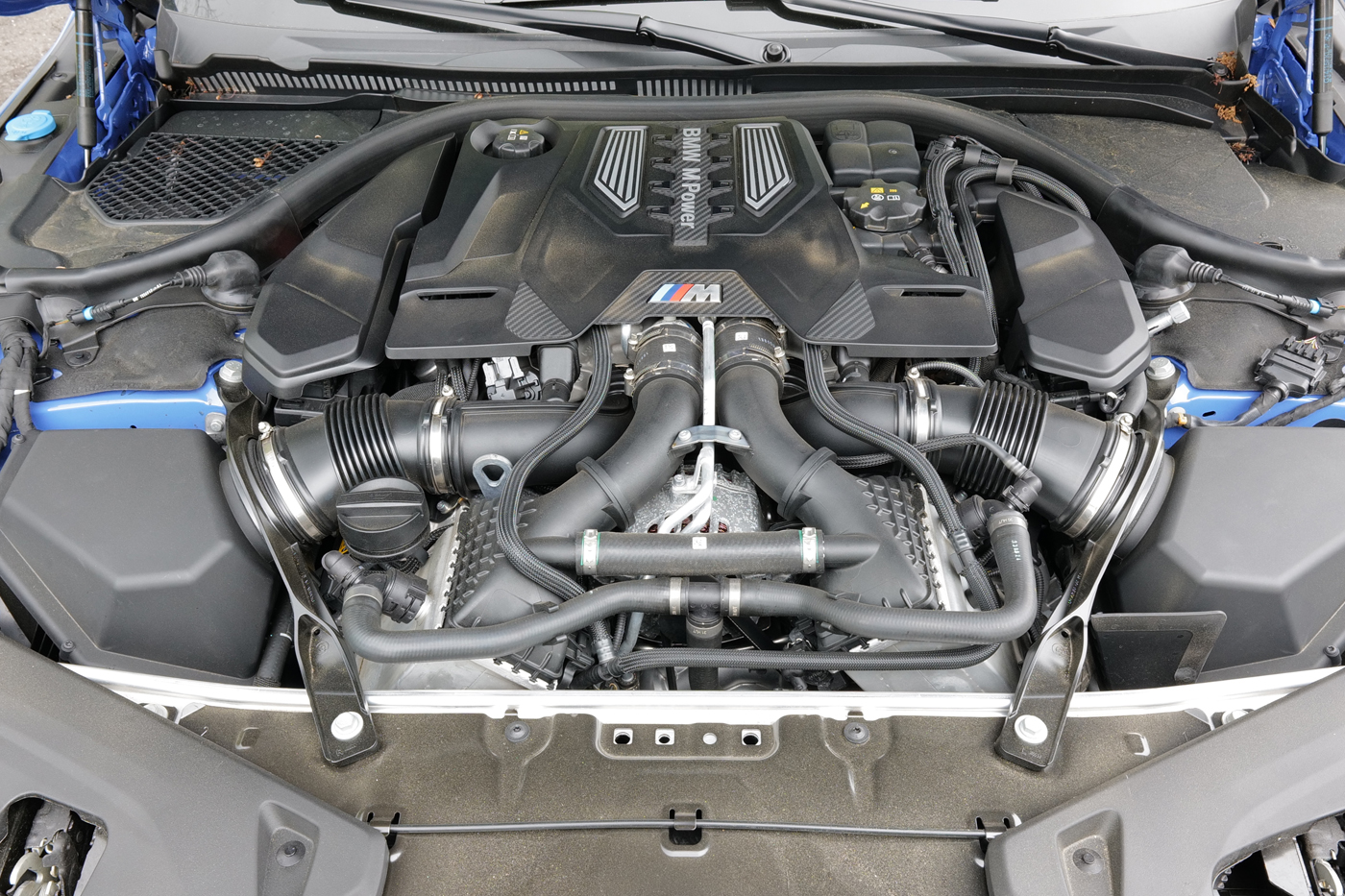
If you don’t believe the supercar reference, consider these stats: the 2025 M8 Competition is powered by a twin-turbocharged V8 with 617 horsepower and 553 lb-ft of torque and backed by an eight-speed automatic that delivers power to all four wheels. As an added bonus, you can also disable traction control and send power to only the rear wheels. According to Car and Driver test, this powertrain gives the M8 0-60 mph results of an unbelievable 2.5 seconds. Do believe it, though: I did a quick test with the car and, without trying too hard, saw a 2.7 0-60 run. This puts the M8 Competition firmly in league with cars such as the Turbo S and Bugatti Chiron—and it is capable of a 190-mph top speed with the M Driver’s Package.
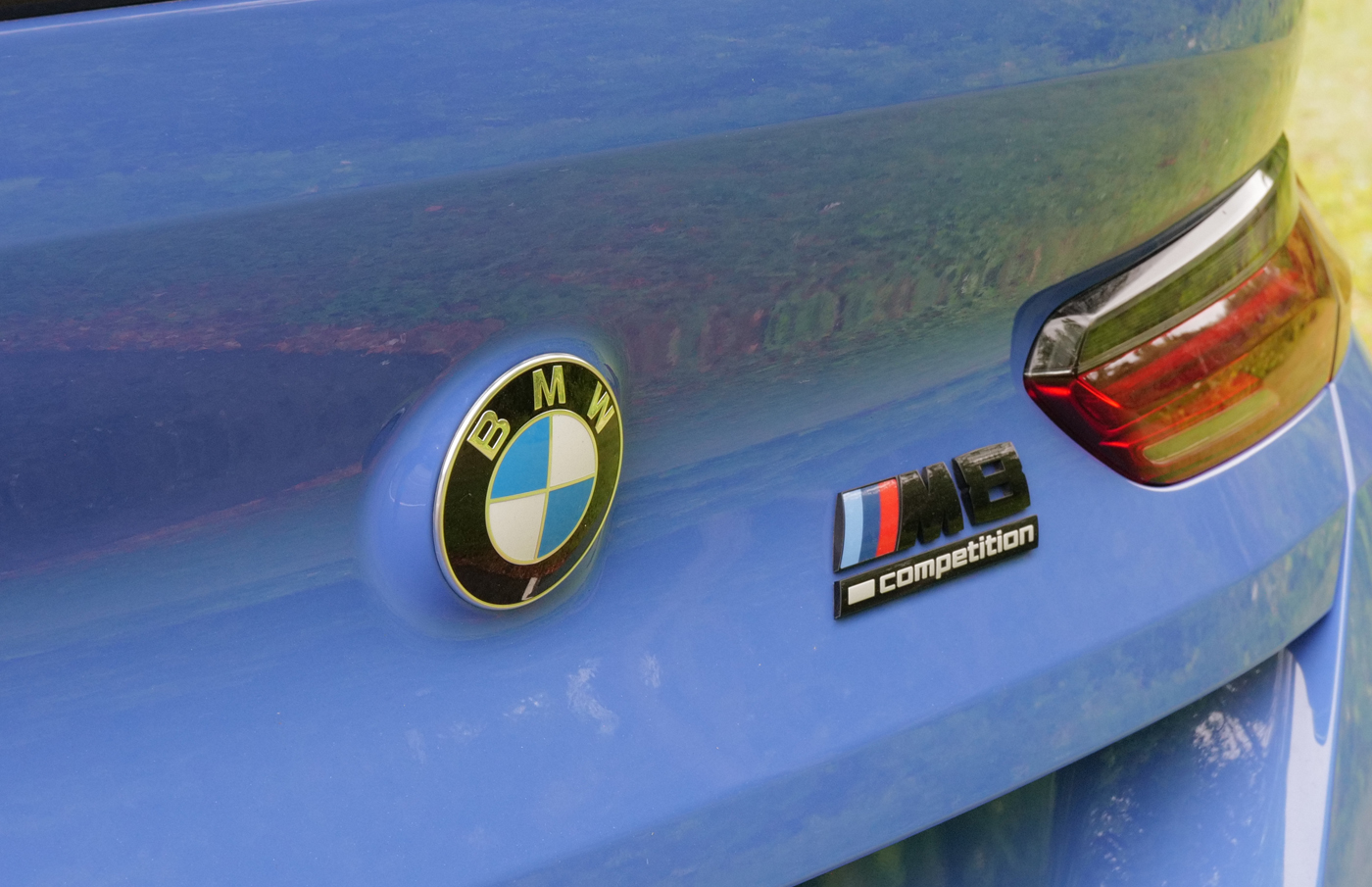
After a few days with the M8 Competition, the press fleet people picked it up and I waved goodbye. Unlike the Alpina B8, I did not want to chase it down the road and get it back, but the M8 Competition is a different kind of 8-Series. Where the Alpina model is a true GT car, the M8 Competition is much more of a sports car, with a bit more precise steering, higher horsepower, and more aggressive suspension. I prefer the B8 as I am more of a GT car guy, but if you are sports car guy who loves track days, and uncompromising cornering ability and performance over more creature comforts and the ability to have a softer ride, then the 2025 BMW M8 Competition is the obvious choice in the category.
No, it is not inexpensive—with a base price of $138,800 and an as-tested price of $171,575—but it is a lot less than any supercar I can think of and had the ability to accommodate four adults, unlike a supercar. You can also lease one for $1,529 a month, which seems pretty reasonable to me. If you are interested in the M8 Competition, you can find more info on the link at the top or have fun building one online here.
Ever since the C8 Stingray debuted as a 2020 model, Chevrolet has been consistently raising the midengine Corvette‘s level of performance, often with strategies never used before on a factory model. In 2024, it introduced the E-Ray, the first Corvette with an electric front motor and all-wheel drive. Last year, Chevy announced the latest Corvette ZR1 would have a 5.5-liter DOHC V8 with twin turbos. There was talk that a range-topping model combining the ZR1’s engine and the E-Ray’s electric front-axle motor would wear the name “Zora” in tribute to Zora Arkus-Duntov, the man nicknamed the “Father of the Corvette.” Now, Chevy has revealed that model: the 2026 Corvette ZR1X (though a stretch, let’s pretend the X stands for “Xora”).
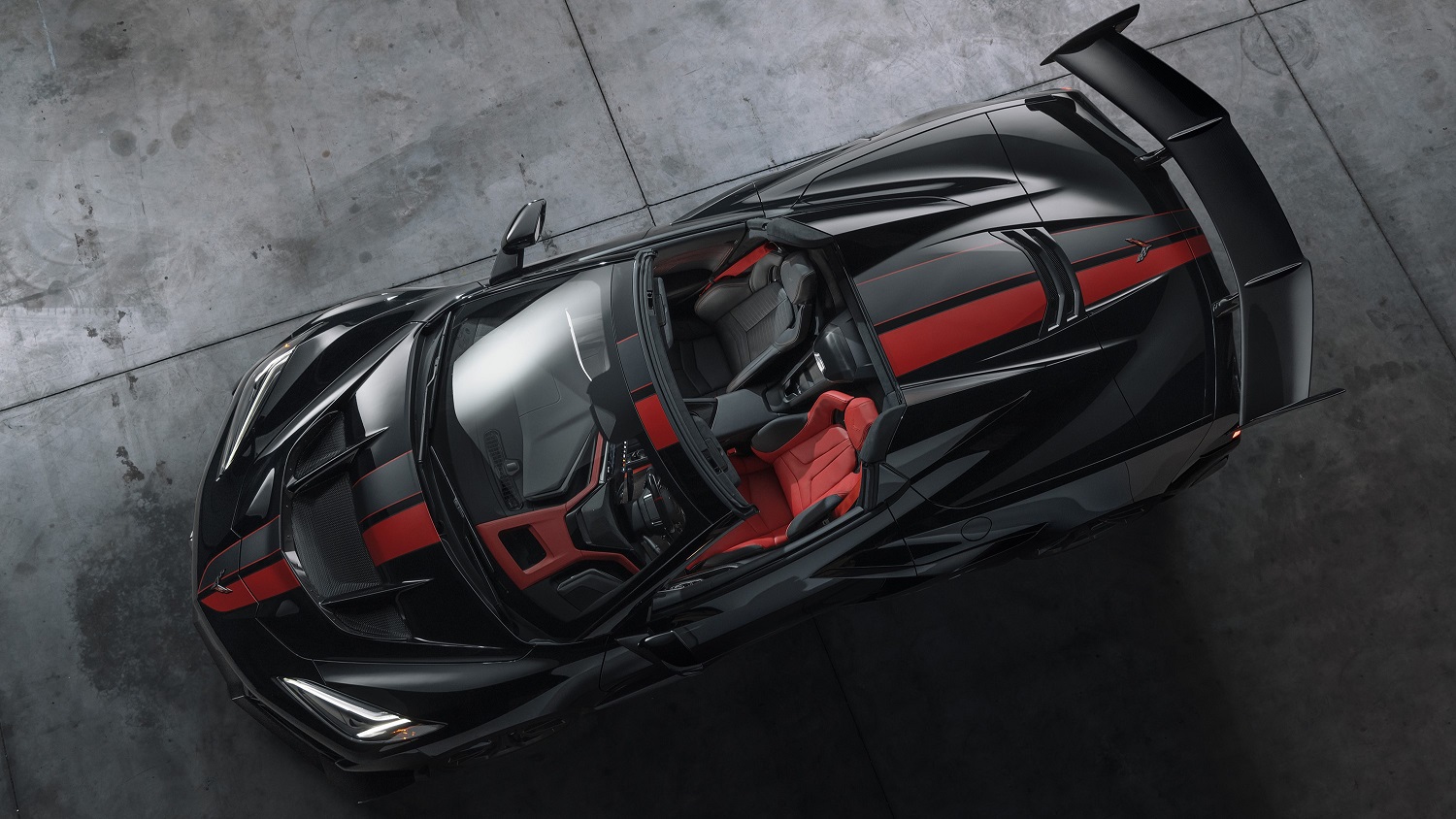
The ZR1X is available in two basic forms (coupe and convertible) and two chassis configurations: the standard setup with Michelin Pilot Sport 4 S tires, and a firmer version equipped with the ZTK Performance Package which adds higher spring rates and Michelin Pilot Cup 2 R rubber. A Carbon Aero package adds dive planes, underbody strakes, a Gurney flap over the front heat extractor, and a rear wing that, in unison, generate up to 1,200 pounds of downforce. It is available on the base ZR1X and standard on the ZR1X ZTK.

Both chassis receive the J59 braking package’s 16.5-inch carbon ceramic rotors (the largest discs in Corvette history) and Alcon 10-piston front/6-piston rear calipers as standard equipment—and the ability to pull 1.9G while decelerating from 180 to 120 mph.
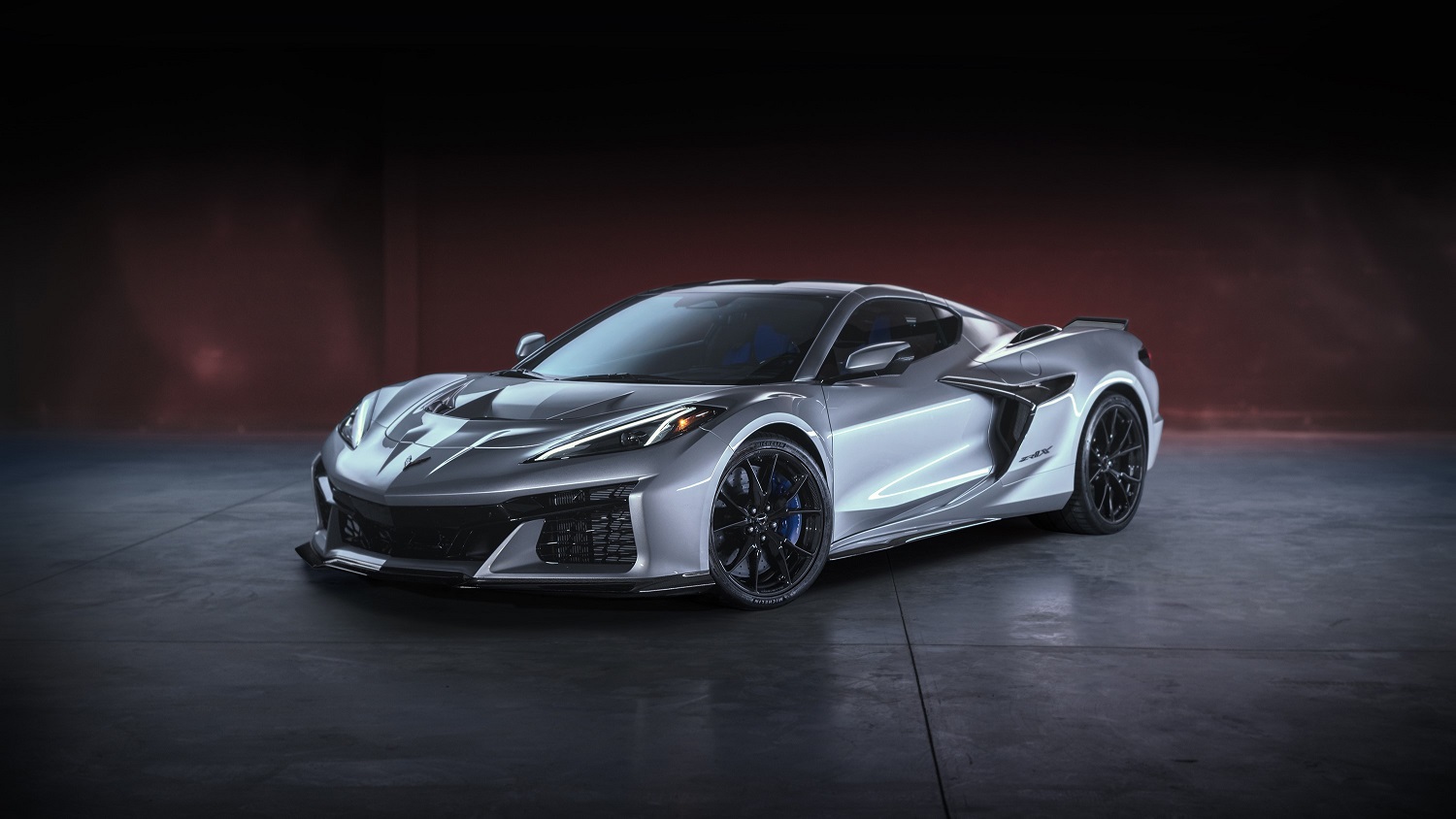
The ICE half of the ZR1X—a hand-built LT7 twin-turbo 5.5-liter DOHC V8 that cranks out 1,064 horsepower and 828 lb-ft of torque—goes unchanged. In many ways, so does the E-Ray’s electric front-axle motor, which has the same dimensions and 1.9 kWh of battery capacity. But Chevrolet’s engineers strengthened its internals and managed to boost output to 186 horsepower (up by 26) and 145 lb-ft of torque (up by 20). The ZR1X can draw on that instant power all the up to 160 mph before the front axle disconnects. Combined, the gas and electric components give the ZR1X 1,250 horsepower and enable it to zoom to 60 mph in under two seconds and blast through the quarter mile in under nine seconds at over 150 mph, according to GM’s estimates.
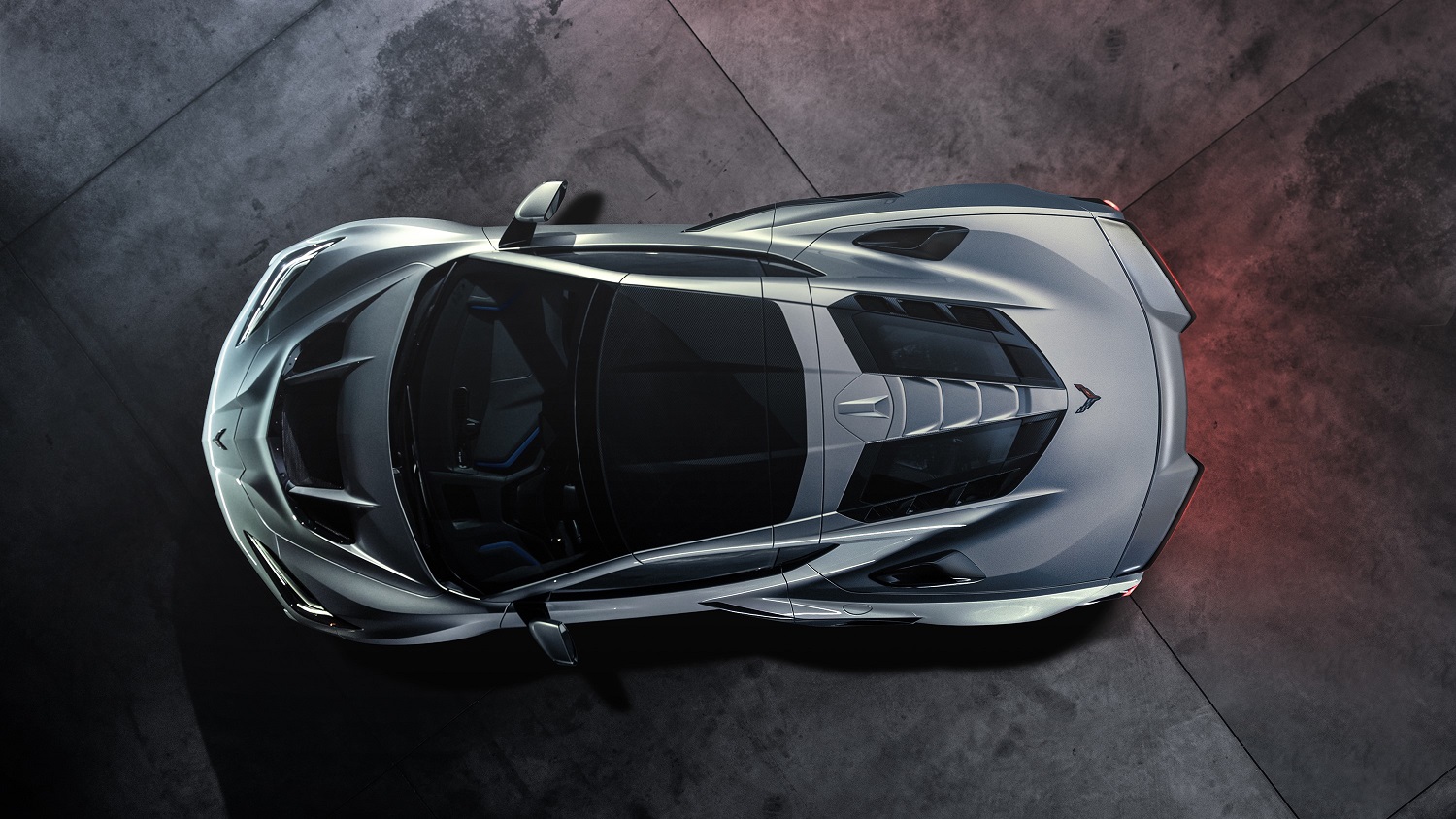
Different modes adjust the ZR1X’s electric power to a variety of driving scenarios. Pushing the Charge+ button activates the Endurance mode, which Chevy says, “adjusts the battery’s energy storage strategy for extended lapping and consistent eAWD output for a full tank of fuel.” In the Qualifying setting, the system tailors the power delivery so the driver can clock the fastest lap time. Push-to-Pass makes the ZR1X’s maximum power available on demand.

Like all other 2026 Vettes, the ZR1X gets the new interior layout as well as the new PTM Pro feature. In the ZR1X, that comes loaded with Regen Brake Torque Vectoring for a mix of agility and energy recovery, Front Axle Pre-Control for maximum grip while exiting corners, and Launch Control for rapidly turning the ZR1X into a distant spec on the horizon.
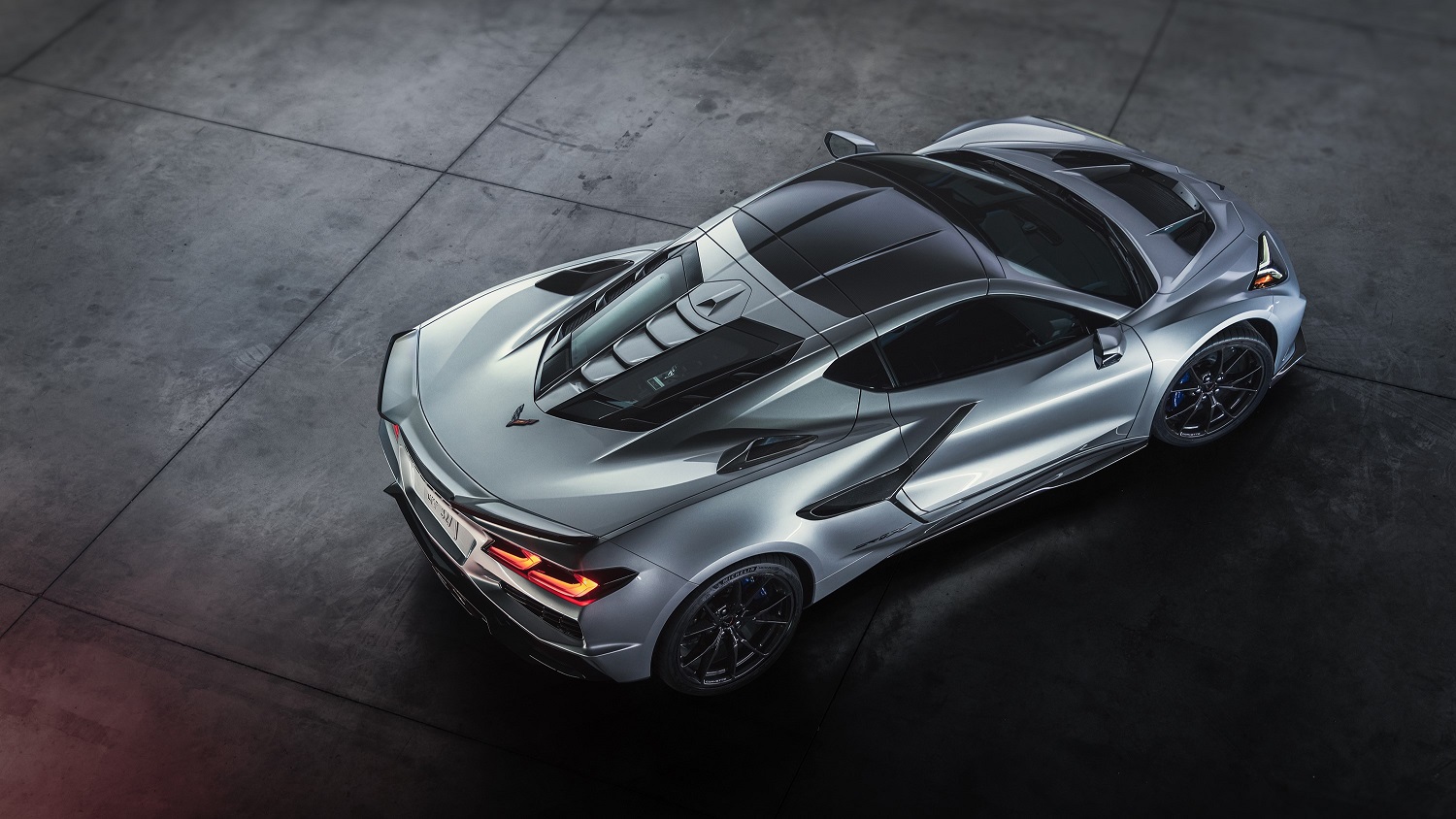
As of right now, there is no official word on the 2026 Corvette ZR1X’s availability or pricing. Those will be revealed once the super-Vette is closer to production, but it’s safe to say its base price will be significantly higher than the ZR1’s $173,300 MSRP.
